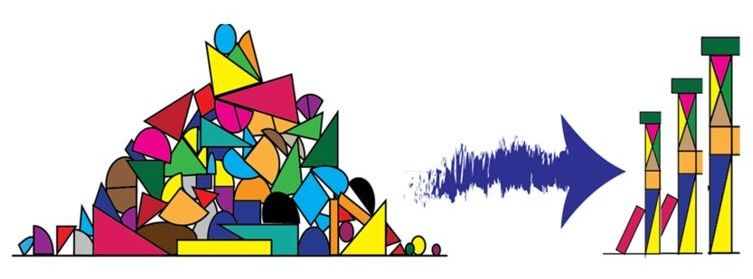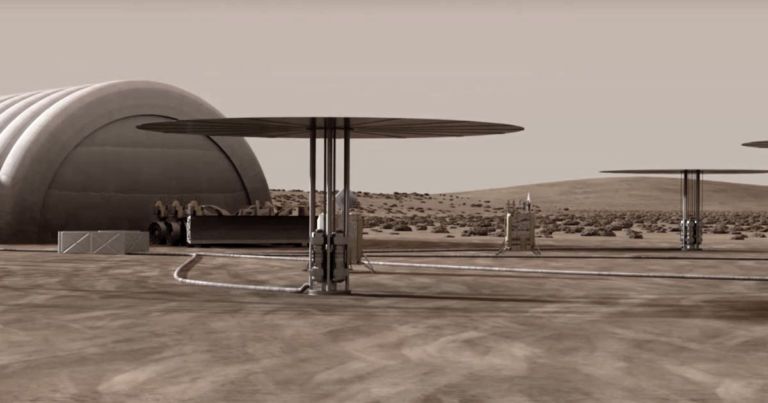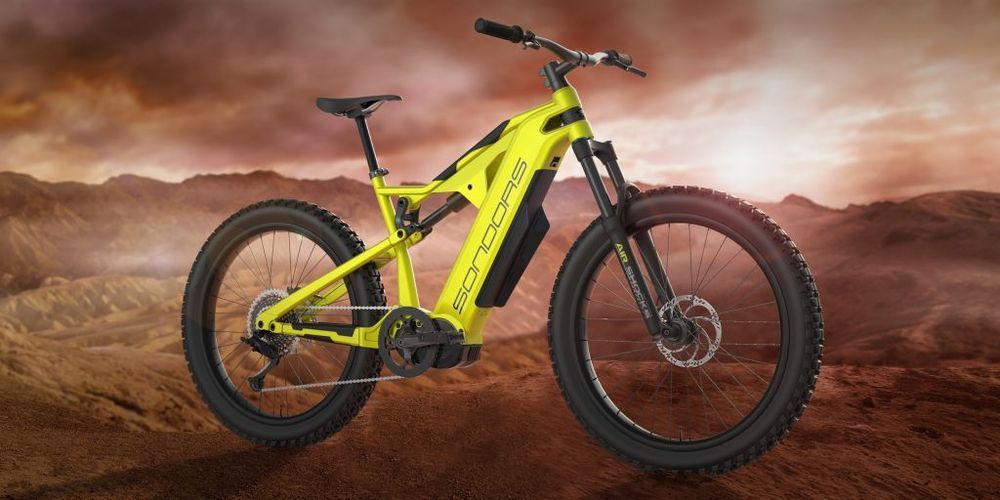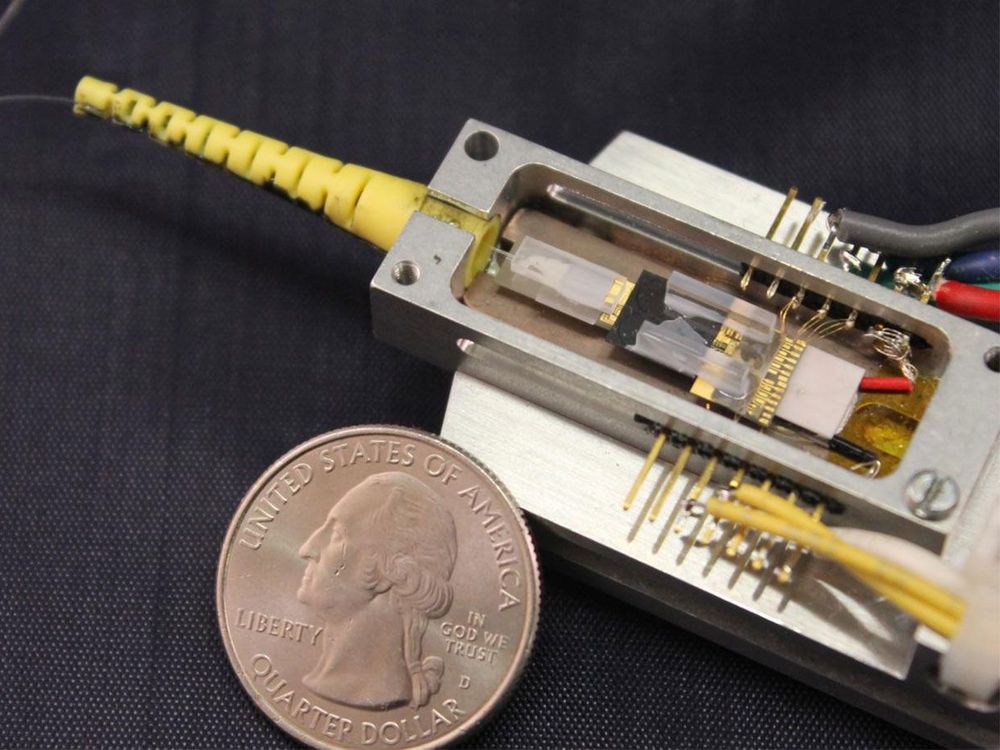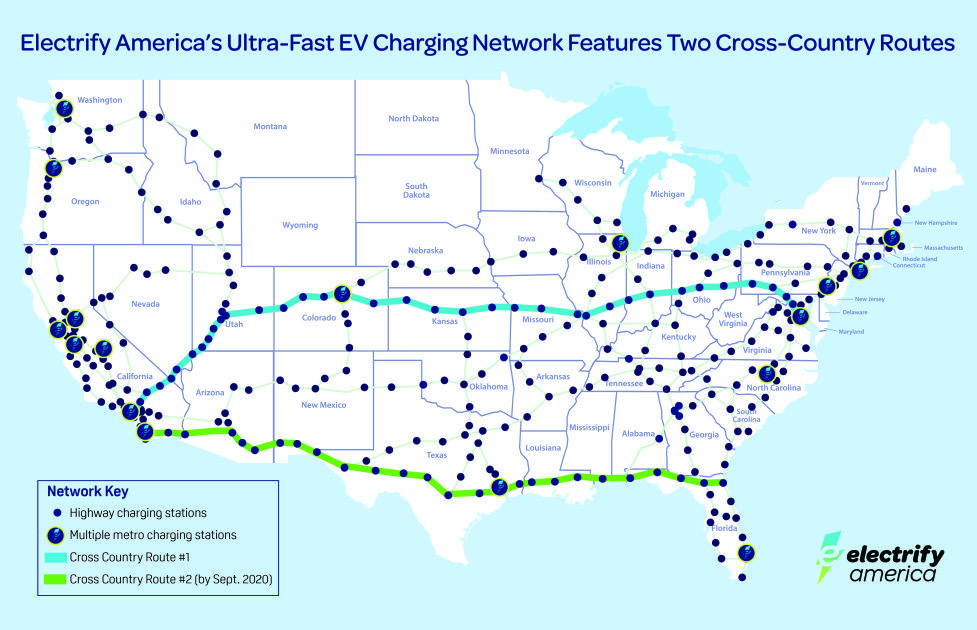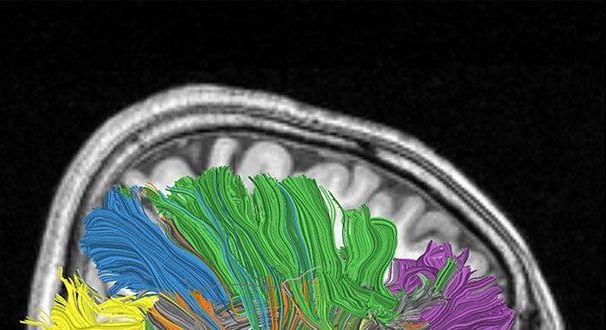A team of researchers affiliated with several institutions in the U.S. has conducted an analysis of the system-wide costs and benefits of using engineered nanomaterials (ENMs) on crop-based agriculture. In their paper published in the journal Nature Nanotechnology, the group describes their analysis and what they found.
As scientists have come to realize that vast improvements in agricultural practices are needed if future generations are going to be able to grow enough food to feed the expected rise in population. They have increasingly turned to technology-based solutions, rather than just looking for biological advances. One such approach involves the design and use of ENMs on crops as a means of improving pest control and fertilizer efficiency. Prior research has shown that some ENMs can be mixed into the soil as a form of pest control or as a means of diverting fertilizer directly to the roots, reducing the amount required. In a similar vein, some prior research has shown that ENMs can be applied to parts of the plant above-ground as a means of pest control. What has been less well studied, the researchers note, is the overall impact of ENMs on crops and the environment.

